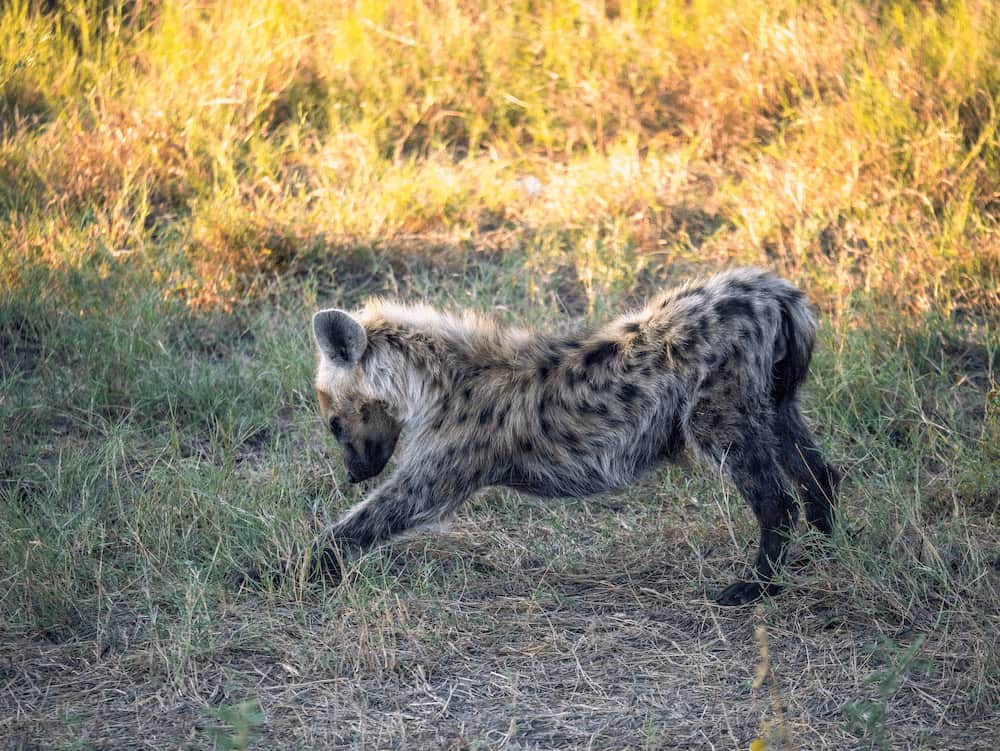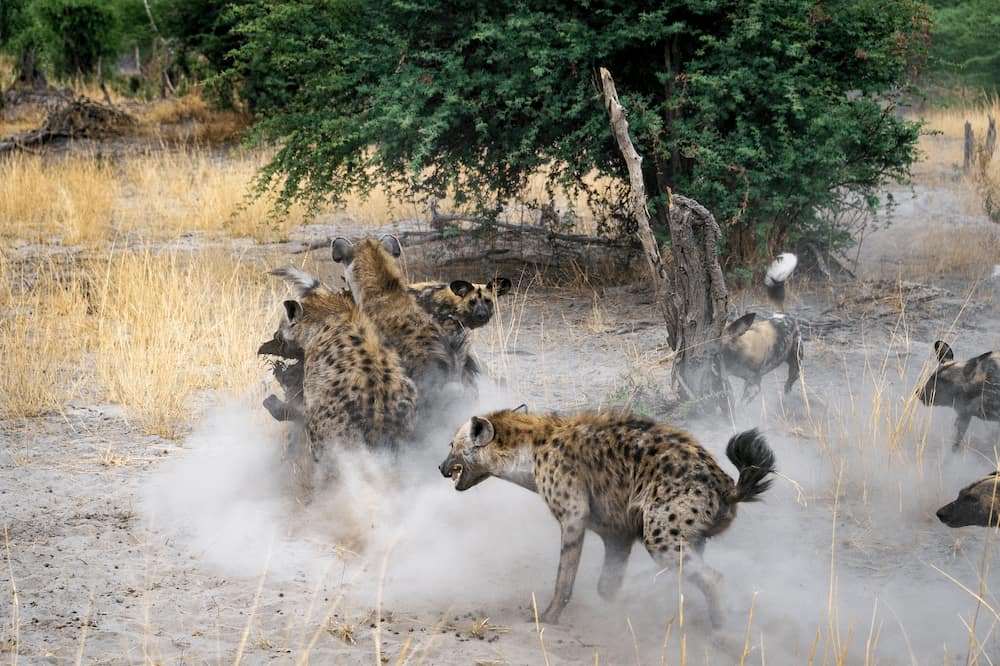Southern Africa
5 Best Wilderness Camps to see Hyenas
Wildlife
Conservation
Tao Varty
1/20/2025
Hyenas seen at Wilderness camps
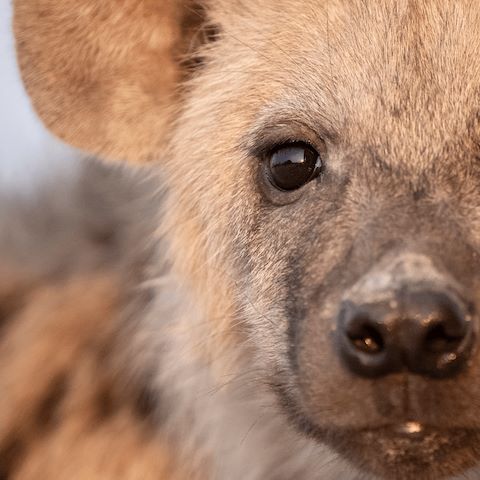
Meet the Spotted Hyena
Meet the Brown Hyena
Witness Hyenas in Action with Wilderness
Wilderness Mombo – Okavango Delta, Botswana
Wilderness Chitabe – Okavango Delta, Botswana
Wilderness Linkwasha – Hwange National Park, Zimbabwe
Wilderness Hoanib Skeleton Coast Camp – Skeleton Coast, Namibia
Brown Hyena Research at Hoanib Skeleton Coast Camp
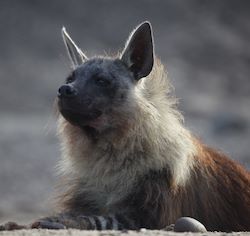
Kulala Desert Lodge – Sossusvlei, Namibia
More to discover

The Hoanib – Linear Oasis of the Namib
Ephemeral rivers are seasonal but sustain wildlife in dry area. Learn about Hoanib River formation. ...
Read moreMartin Benadie
30.06.2025

Ngamo: Story of an African farm
It’s a cold and misty morning at Wilderness Davison’s, a remote safari camp in Zimbabwe’s renowned H...
Read moreAndy Wassung
20.06.2025
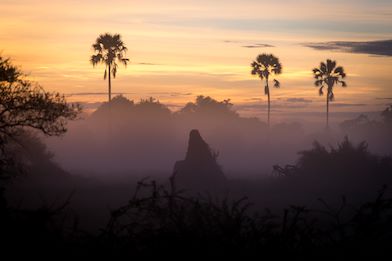
Termites – 5 fun facts about the architects of the Okavango Delta
Read about the fascinating African termites have shaped the Okavango Delta, with termite mounds & di...
Read moreTao Varty
10.06.2025

Rare wildlife to celebrate this World Endangered Species Day
As part of our ongoing effort to increase the world’s wilderness, we create habitats for Africa’s mo...
Read moreLauren Dold
13.05.2025

5 unique desert-adapted animals of Namibia
Only highly adapted wildlife can survive in the desert. Learn more about 5 unique desert-adapted ani...
Read moreTao Varty
05.05.2025

Let’s plan your next journey
Ready?
When we say we’re there every step of the way, we mean it, literally. From planning the perfect circuit, to private inter-camp transfers on Wilderness Air, and easing you through Customs. We’re with you on the ground, at your side, 24-7, from start to finish. Ready to take the road less travelled? Contact our Travel Designers to plan an unforgettable journey.
